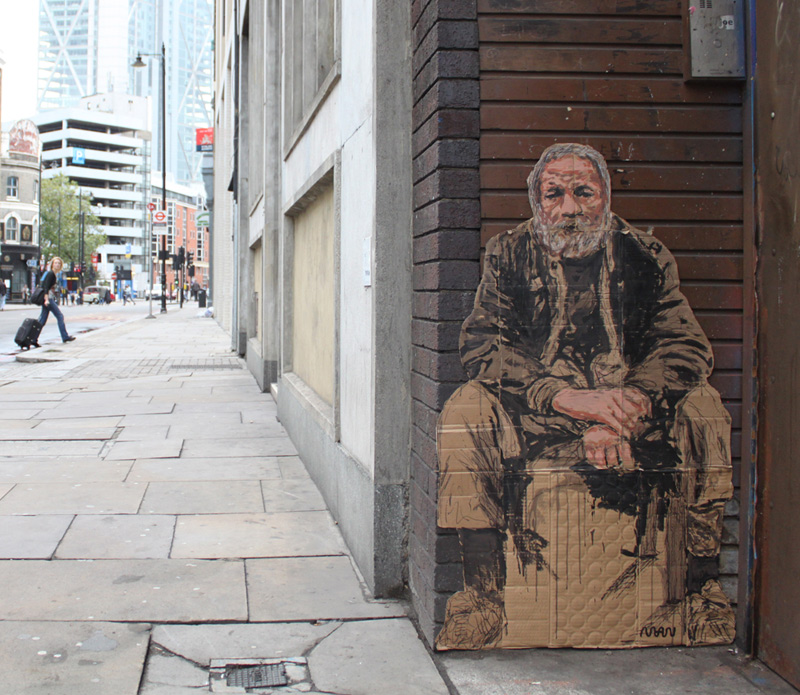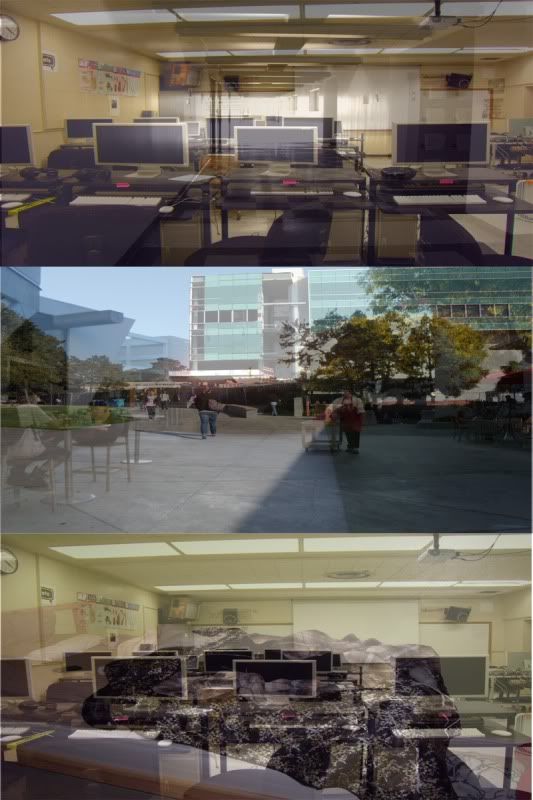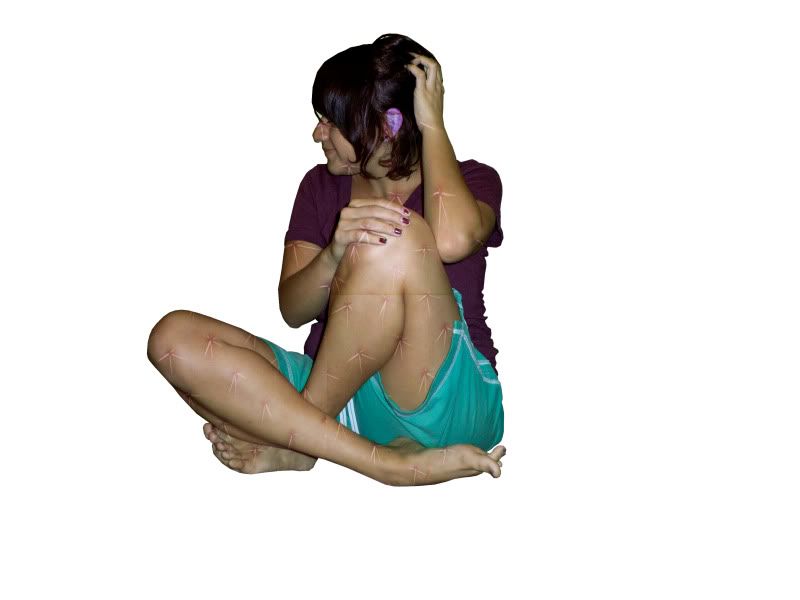Research and Development of Concept
"A survey once found that gifted children (truly gifted* as opposed to public school definitions) watch an average of less than 5 hours of television a week during their preschool years. Compare that with a national average of twenty-five hours a week (beginning around the second birthday), and you can begin to appreciate what a drain on the brain the idiot-box truly is."
- John Rosemond, psychiatrist and author
Children and Statistics
Approximate number of studies examining TV's effects on children: 4,000
Number of minutes per week that parents spend in meaningful conversation with their children: 3.5
Number of minutes per week that the average child watches television: 1,680
Percentage of day care centers that use TV during a typical day: 70
Percentage of parents who would like to limit their children's TV watching: 73
Percentage of 4-6 year-olds who, when asked to choose between watching TV and spending time with their fathers, preferred television: 54
Hours per year the average American youth spends in school: 900 hours
Hours per year the average American youth watches television: 1500
The Aim:
to create a monument that allows any visitors the ability to interact with it. This monument provokes childhood remembrance, awareness of the too large an influence the TV has on our culture, and the encourage people to use their imagination.
Monument Specifics:
Approximately 10 x 16, the size of a shed
Made from wood, oak and painted with water resistant oils
Cement mold of playground carousel
This monument is pretty versatile and can fit in many settings and situations. I picked Union Square because there are many different types of people there, of different ages and backgrounds. It is busier and people are usually not self-aware aside from the daily grind. I think this would be something fun for people to interact with.
This piece can also be in locations that compliment its nature, like a library for example, where imagination use through books is welcomed.























